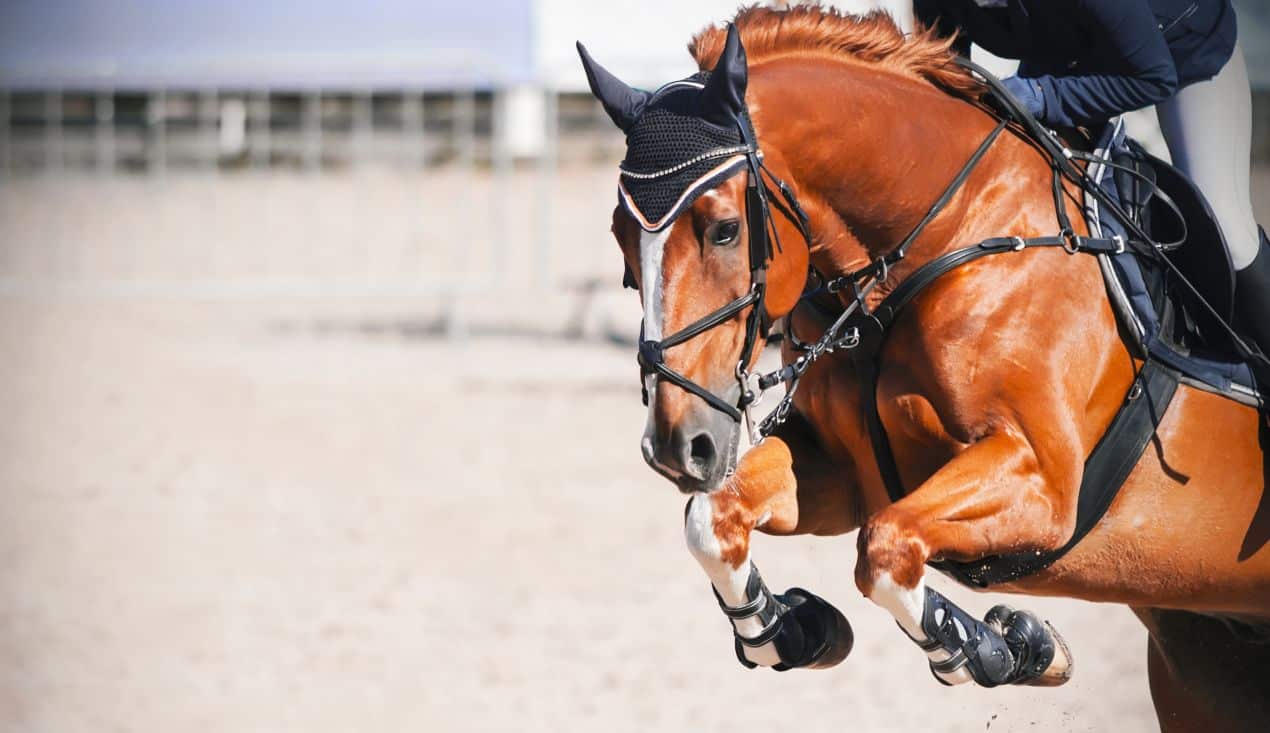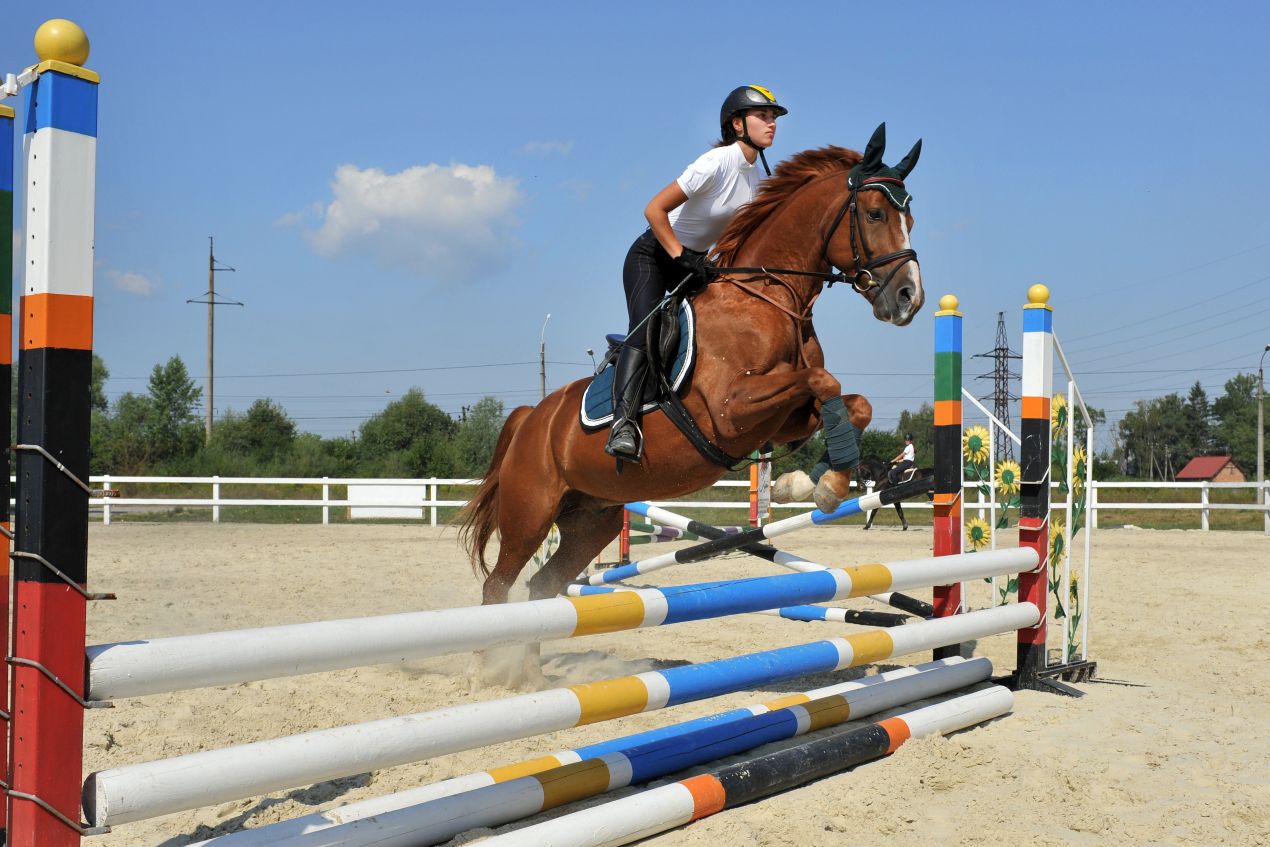When people search for hunter jumper horses for sale, they usually have a dream in mind — one that often includes elegance, competition, and the rush of a clean round in the show ring. But the reality of buying a horse, especially a show-quality one, goes far beyond beauty and talent. It involves layers of decision-making, subtle red flags, and financial implications that aren’t obvious at first glance. This article sheds light on what truly matters before you make one of the most important purchases of your equestrian life.
The Illusion of First Impressions
Buying a horse is emotional, and sellers know it. A shiny coat, expressive eyes, and an effortless jump over a perfectly set oxer can steal your heart in seconds. But beneath that instant attraction lies the question: Will this horse really suit my long-term goals?
Even professional riders have admitted to being misled by a good first impression. Dr. Katrina Merkies, a leading equine behaviorist at the University of Guelph, emphasizes the need to evaluate a horse over time and under varied conditions. Her research highlights how behavior can shift dramatically once the horse settles into a new environment.
Tip: Never buy on the first visit. Observe the horse at rest, during grooming, under saddle, and after work. Look for consistency in behavior and energy.
Beyond Price Tags: The Hidden Costs
A horse listed for $25,000 might seem like a stretch — until you factor in what comes after the sale. Vet checks, training, boarding, tack, and ongoing maintenance can double the total cost in the first year alone. One industry estimate from the American Association of Equine Practitioners (AAEP) suggests annual care costs for a sport horse average $12,000–$15,000, excluding unforeseen vet bills.
Table: Estimated First-Year Costs After Purchase
| Expense Category | Estimated Cost (USD) |
|---|---|
| Pre-Purchase Exam | $600 – $1,200 |
| Professional Training | $6,000 – $12,000 |
| Boarding | $4,800 – $9,600 |
| Farrier & Vet Care | $2,000 – $4,000 |
| Tack & Equipment | $1,500 – $3,000 |
| Total | $14,900 – $29,800 |
Temperament Over Talent
While raw talent can’t be faked, temperament is what determines whether a horse is safe, trainable, and enjoyable to ride day after day. Horses bred for hunter or jumper disciplines vary widely in personality, from calm and forgiving to hot and reactive.
According to a study published in the Journal of Equine Veterinary Science, temperament traits such as willingness, responsiveness, and fearfulness show moderate heritability — meaning the horse’s lineage can be a useful clue but not a guarantee.
Always involve your trainer in the evaluation process. A good professional can spot subtle red flags that you might overlook, especially if the horse has been overly “prepped” for showings.
Trial Periods: Your Best Insurance Policy
If you’re serious about a specific horse, ask for a trial period or lease-to-own agreement. This allows you to ride the horse in different situations — at home, in lessons, and even at small local shows. Not all sellers will agree, especially with high-dollar horses, but many are open to short-term leases.
A two-week trial might reveal issues such as:
-
Behavioral problems under pressure
-
Difficulty adjusting to new surroundings
-
Undisclosed physical limitations
It’s one of the most powerful tools a buyer has — yet it’s often skipped due to excitement or impatience.
Vet Check: More Than a Formality
A thorough pre-purchase exam (PPE) is non-negotiable. Use your own vet or one that’s completely neutral — not recommended by the seller. Ask for flexion tests, bloodwork, radiographs, and, if the budget allows, a full lameness evaluation. Even a minor issue can become a deal-breaker when you’re looking for longevity in the show ring.
Insider tip: Ask the vet to explain what’s normal wear and tear for a horse of that age and work history. Not all findings are disqualifiers, but they must be contextualized.
Long-Term Match Over Short-Term Glory
Many buyers look at hunter jumper horses for sale with one season in mind: the next show calendar. But what about your goals two or three years from now? Is the horse capable of growing with you — or will you outgrow it?
Think about:
-
Your rider level today — and where you want to be
-
The horse’s career stage — green prospect vs. seasoned competitor
-
Mental compatibility — are you confident and assertive, or more intuitive and quiet?
Red Flags During the Sales Process
Even if the horse seems perfect, some warning signs should give you pause:
-
A lack of show record despite the horse’s age
-
Inconsistent answers between seller, trainer, and grooms
-
Unwillingness to share vet history or allow a PPE
-
A horse that is only available for sale for a “limited time” or under pressure
These are all signs that it’s time to slow down and ask more questions — or walk away.
Working with Trusted Sellers
Choosing hunter jumper horses for sale through a reputable trainer or dealer isn’t just about convenience. It’s about protecting your investment and emotional well-being. A well-vetted seller becomes a trusted partner for riders, offering transparency, guidance, and long-term support beyond the sale itself. Look for sellers who:
-
Offer video proof of performance
-
Allow third-party evaluations
-
Have a history of honest, long-term client relationships
If possible, buy within a known network — a trainer who has seen the horse compete, or another client who has ridden it, adds a layer of transparency that no sales ad can offer.
Pre-Purchase Checklist for Prospective Hunter Jumper Owners
| ✔️ To Check | 🔍 Notes or Results |
|---|---|
| Horse is sound in walk, trot, and canter on both reins | |
| Flexion tests and vet assessment show no major red flags | |
| Horse maintains a consistent temperament over multiple visits | |
| Demonstrates calm handling during grooming, tacking, and mounting | |
| Jumps a variety of fences with rhythm and confidence | |
| Horse is adjustable between and after jumps | |
| Shows no signs of stress or resistance when worked | |
| Seller provides full vet history and x-rays upon request | |
| Horse loads into a trailer calmly | |
| Proven performance or show record (video evidence, if possible) | |
| Rider and trainer agree on the horse’s suitability | |
| Clear match with rider’s current level and future goals | |
| Horse behaves well in new environments (if tested in trial) | |
| All tack and gear used during trials fits correctly and is standard | |
| No behavioral issues appear during solo rides or under pressure | |
| Seller allows a professional pre-purchase exam (PPE) | |
| Trial period or short-term lease available (if applicable) | |
| All agreements and representations are provided in writing |
Conclusion: It’s Not Just a Purchase — It’s a Partnership
Buying a horse isn’t like buying a bike or even a car. It’s the beginning of a partnership built on trust, patience, and long-term commitment. While hunter jumper horses for sale may catch your eye online or at a show barn, the real magic lies in the match between rider and horse.
Taking time to evaluate every angle — emotionally, physically, and financially — helps ensure that your investment turns into a relationship that thrives far beyond the ribbons.
Bildnachweis: Adobe Stock/ Valeri Vatel, Mykola, taylon



